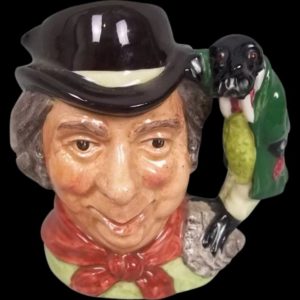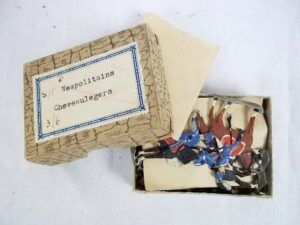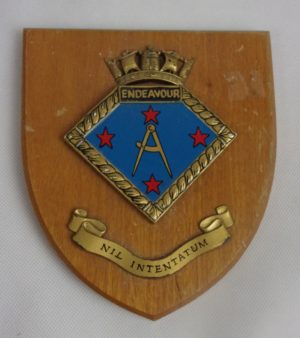~ Circa 14th Century Koto Times Muromachi Period Signed Wakizashi Sword ~
The Muromachi period was a relatively peaceful and prosperous time until a little before “Onin-no-Ran,” which happened at the end of the Muromachi Period.
The Nanboku-cho style long sword became useless; thus, they were shortened. The shortened blade is called Suriage. In general, the Muromachi period was the declining time for sword making.
Until the end of the Nanboku-cho period or the beginning of the Muromachi period, Samurai suspended swords from one’s waist, the blade side down. When a sword was worn this way, the swordsmith inscribed his name to the side that faces outward, which means that the blade comes on your right when you see the inscription. In this case, the sword is called Tachi.
Yet, around the Muromachi period, a sword was worn between one’s belt, with the blade side up. The swordsmiths inscribed his name to face outward when it was worn. Therefore, when you see the inscription, the cutting edge comes on your left. Then it is classified as Katana.
Around the beginning of the Muromachi period, Samurai started to wear a pair of swords called Dai-sho (大小), meaning large and small. The long one is Katana, and the short one is Wakizashi. In general, Tachi is longer than Katana. Katana is longer than Wakizashi, and Wakizashi is longer than Tanto. Here is the order of the length.
As can be seen in the pictures, the blade is signed (any full translation welcomed).
Details about the blade:
SUGATA: KANMURI-OTOSHI-ZUKURI IORI-MUNE. NAGASA:. 44.0CM
MOTOHABA: 2.8cm SAKIHABA: 2.1cm KASANE: 6mm
HADA: ITAME but details obscured by light abrasion
HAMON: very active CHOJI/ MIDARE with isolated TOGARI peaks
KISSAKI: CHU-KISSAKI BOSHI not visible NAKAGO: UBU with two MEKUGI-ANA. Signed with narrow chisel BISHU (JU) MASAIYE SAKU.
KOSHIRAE Homemade SHIRASAYA
PROVENANCE: GIFTED 1962/63. FROM A COLLECTION OF JAPANESE EDGED WEAPONS ASSEMBLED BY THE LATE MR MACCORMICK BETWEEN 1953 AND 1963, WITH ONE FINAL ADDITION ADDED IN 1998. THEY WERE ALL PURCHASED WITHIN THE UK AT LOCAL AUCTIONS, ANTIQUE SHOPS OR PRIVATELY. THEY HAVE NEVER BEEN SUBMITTED FOR SHINSA.




































